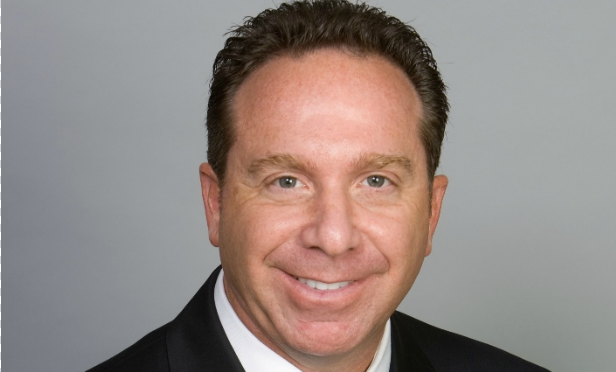
Banks are showing the first signs of concern about the Southern California multifamily market—which has been the darling of this cycle. With prices hitting record numbers, cap rates continuing to compress and rents increasing at a rapid pace, bank lenders are beginning to pull back on multifamily lending. While there is still demand for the right deals, multifamily borrowers may start to find higher leverage requirements and more scrutiny of the deal—especially as compared to the last few years.
“The banks that I have talked to are getting a little nervous, and they are stiffening their underwriting,” Barry Saywitz, president of the Saywitz Co., tells GlobeSt.com. “It isn't that they won't make loans on apartment buildings, but they are making less risky loans for fewer dollars. That means that the buyer has to come up with more money. If you are an investor that has the money, that is no problem. If you are the guy that doesn't have as much money and you need leverage, then you are going to have to buy a smaller property or come up with more money.”
The key concern is rising rents and how those rents are being factored into the underwriting. Rents have increase by double-digit numbers in recent years, but the growth rate has begun to slow. Banks are wondering how much longer owners can reasonably expect to see extreme rent growth. “Where is the cap on raising rents? You can't just show up and raise the rent 20%,” says Saywitz. “People will move. I think that it will cool; it has to. However, I don't see rates going down.”
The other concern is pricing. In Southern California, most investors are finding limited upside in Orange County and Los Angeles, and they are heading to other markets with better yields. “The multifamily guys are taking their profits and looking for the next deal,” says Saywitz. “That deal, though, probably isn't in the same neighborhood. If you bought in Southern California, you are probably buying in the Inland Empire, Las Vegas or Phoenix. Otherwise, there is no upside. The small mom-and-pop guys need to be careful because if they buy in the height of the cycle, they won't ever be able to sell.”
Unfortunately, rising interest rates have pushed the issue. Many owners are looking to refinance deals in advance to mitigate exposure to rising interest rates, creating high demand for multifamily financing. Saywitz personally is currently refinancing a third of his portfolio. “I have 75 loans on different properties, and I am in the process of refinancing 22 loans,” he explains. “That is unheard of. I don't know how you refinancing a third of your portfolio in one month. The issue is that I have rates that are 3.5% to 4%, and as the indexes increase, those are going to go up. While the increase might not be a lot of money, you are not insulated from future increases.”
Still, Saywitz has an extraordinarily positive outlook for the multifamily market this year. Concern from bank lenders is being offset by the strong fundamentals in the market, and it won't stop the volume of deals getting done. “There are a lot of factors that are continuing to push the economy along,” he says. “For six to 12 months, you are going to continue to see robust activity and you are going to continue to see upward movement throughout Southern California.”
© Touchpoint Markets, All Rights Reserved. Request academic re-use from www.copyright.com. All other uses, submit a request to [email protected]. For more inforrmation visit Asset & Logo Licensing.






